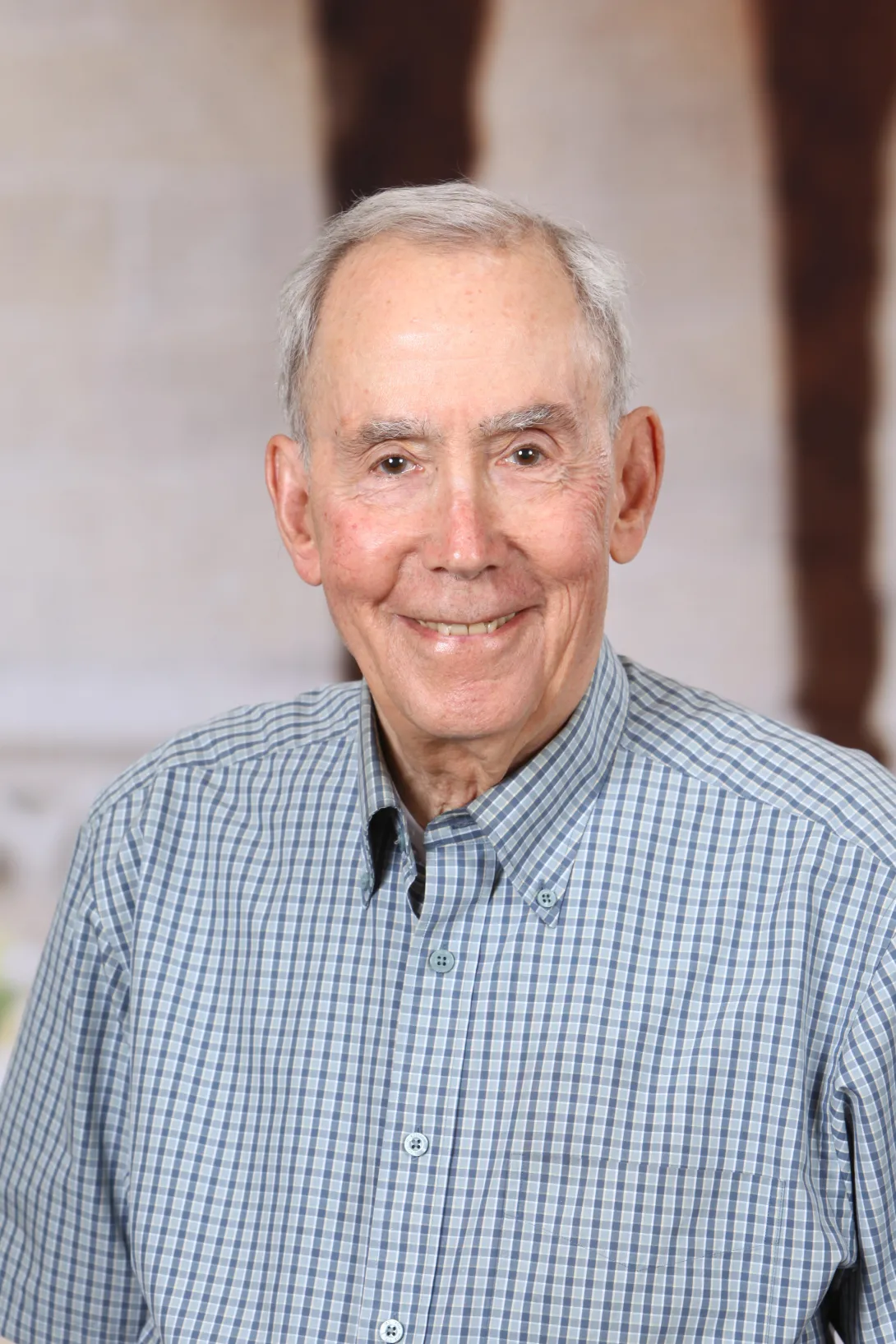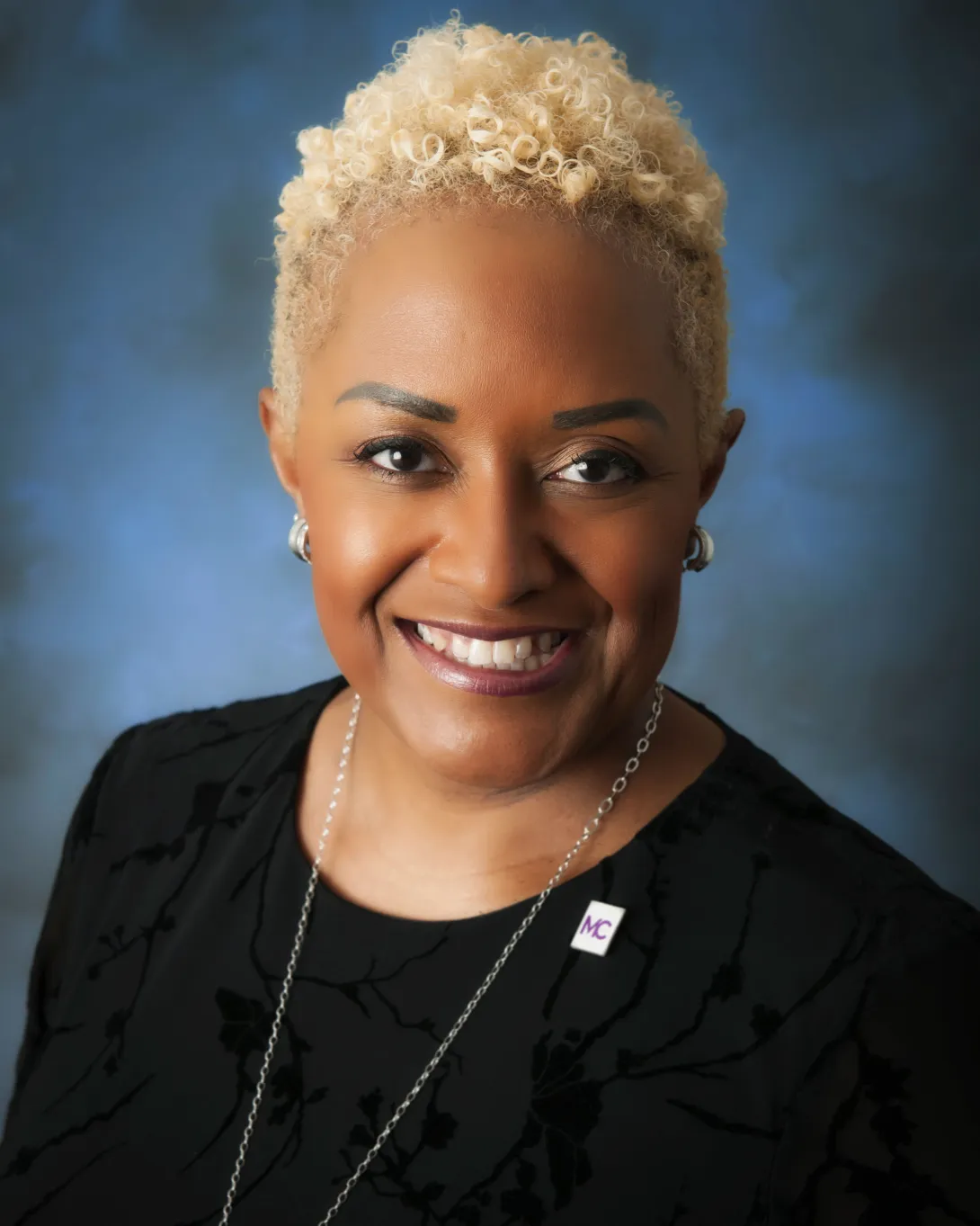
Stanford-run program prepares community college leaders for uncertainty
In a typical year, some 40 percent of undergraduates in the United States are educated at community colleges. That figure was expected to jump even higher this fall, with young people opting for more affordable online courses during the pandemic and unemployed adults looking to develop skills for a changing job market.
But that widely held prediction hasn’t panned out. In fact, many of these public institutions are facing steep declines in enrollment—a loss likely to be compounded by anticipated cuts in their funding as the economic fallout from COVID-19 grows.
To prepare community college leaders for the challenges of the top role, the Stanford Educational Leadership Initiative at the Graduate School of Education (GSE) partnered with the Aspen Institute in 2015 to launch the Aspen Rising Presidents Fellowship, a yearlong program of seminars, networking and mentoring. Over the past five years, nearly 160 fellows have completed the program, a quarter of whom have gone on to become community college presidents.
This summer, a new cohort of fellows began grappling with leadership issues triggered by the global pandemic, a bleak economic forecast and growing awareness of long-entrenched racism in America. GSE adjunct professor Thomas Ehrlich, a former dean of Stanford Law School who has also served as president of Indiana University and provost of the University of Pennsylvania, is a faculty leader with the Aspen program. DeRionne Pollard, president of Montgomery College in Maryland, has been a mentor for the program since its launch.
We spoke with Ehrlich and Pollard about the particular difficulties facing community colleges this fall and what it might take to sustain these institutions through the pandemic.

Thomas Ehrlich
Everyone in higher ed is dealing with extraordinary challenges this fall. How is the situation different for community colleges?
Ehrlich: Community colleges are the front lines of higher education in America these days. Of all low-income students, almost half attend community colleges as their first college after high school. More than a third of students enrolled for credit are Black or Hispanic. These are populations that have been disproportionately affected by COVID-19, the economic crisis and the crisis of systemic racism that is now hitting home for people in ways it hadn’t before.
Community colleges are also dealing with more of a bimodal student population: some are right out of high school, but many are older, part-time students, often raising families. Many have been working full-time. They are grappling with the challenges of the moment more so than a lot of other undergraduates.
Pollard: Typically, when it comes to economic recessions, community colleges see a surge in enrollment as students look for an affordable, local education that’s going to help them get into the job market fairly quickly. But for a lot of our students, the idea of going to school right now is a distant 50th on the list of things they need to do. Especially if they have young kids whose schools are going online, they’re going to have to be there to provide some support. They might have to change their work hours. Their own household and economic reality could mean that they’re not going to be able to make the choice to advance their education right now.

DeRionne Pollard
How are these institutions likely to be affected financially?
Pollard: Most community colleges already have very tight budgets, and we don’t have the kind of revenue sources you see elsewhere in higher education. We don’t have residence halls. We don’t typically have robust athletic programs. We rent out our facilities for theater productions and so forth, which is usually a good source of revenue, but we can’t do that now that our facilities are closed because we can’t have people congregating.
Ehrlich: On average, community colleges rely on federal, state and local funding for almost two-thirds of their revenue, and most of these colleges were already facing grinding shortages of funds before the pandemic. These revenues are certainly going to be cut further if states and communities have fewer resources.
Community colleges are known for providing a lot of hands-on training in technical skills, like nursing or auto repair. How is it possible to sustain that kind of programming remotely?
Pollard: About 5 percent of our courses will have some face-to-face component in the fall. Because of external accreditation, students in some programs—like automotive technology or health care—will have to demonstrate tactical skills. If our students need the certification in order to get a job, we have to try to deliver it.
There are some highly sophisticated online simulations that work well for some courses, like lower division lab sciences, but not for others. To learn how to fix brakes, you have to actually touch a brake. You can’t simulate your way out of that.
Ehrlich: Community colleges are much more occupationally intense than private or broad access public universities in terms of their curricula, and it’s true, those courses are difficult to do online. Complicating matters is that the majority of courses are taught by adjunct faculty, who get paid by the course. If you’re trying to make a living this way, you might be teaching at two or three or four different campuses. If you’re adjunct faculty teaching auto mechanics and you’re not able to do it under these circumstances, you’re not going to get paid.
How do you see community colleges emerging from this moment?
Ehrlich: There’s the old cliché about not wasting a crisis—I don’t think anyone’s ever had to say, ‘Don’t waste three crises,’ but here we are. Colleges can be amazingly resilient if they revamp themselves in ways that make them stronger than they were beforehand. They’re going to have to tighten their administration and become an even leaner operation. And online learning is going to be with us for quite a while, so institutions that can innovate and reinvent themselves for the times may be able to keep themselves from serious financial trouble. That might mean expanding continuing or lifelong education programs, which I think is going to be the single biggest change in higher education over the next couple of decades, or developing more collaboration with industry partners.
Pollard: We were designed for this. If you go back and read the introductory language to the Truman Commission Report [which called for establishing a network of public community colleges in 1947], it talked about the fact that we were a nation that was fragmented. We had ethnic strife. We were politically disconnected. We had growing diversity but did not know how to recognize that. We were disillusioned. We lacked a national identity.
We’ve been here before. After every major recession, community colleges have been there to help rebuild the country. After Katrina, the community colleges in New Orleans and Houston were paramount to the rebuilding of those cities. We know our communities—we’re intimately connected to them, and there’s a mutuality and dependency in that. We become anchor institutions where communal healing and rebound occurs.
Faculty mentioned in this article: Thomas Ehrlich



